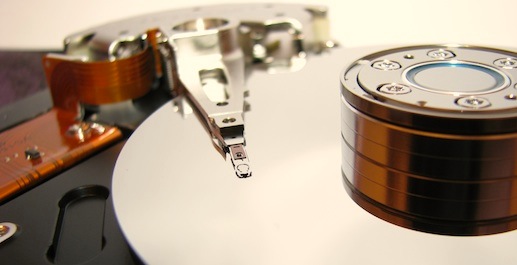ssh-keygen change password
In most circumstances you are going to want a secured private key.
It is good practice to change the key out, but it is also good practice to change your password on occasion. To do this you can do the following:
ssh-keygen -p -f ~/.ssh/id_rsaTo test your password do the following:
ssh-keygen -y -f ~/.ssh/id_rsa
If the password is correct it will display your public key.Logitech Brio Camera adjustments
Linux: Error with update-initramfs’ “No space left on device”
Modules=DEP; a remedy for update-initramfs’ “No space left on device”
The fix? Add MODULES=dep to /etc/initramfs-tools/conf.d/modules, followed up by update-initramfs.
My most recent Debian install created a /boot partition of 234 M.
Starting with Debian’s linux-image-5.10.0-4-amd, somewhere in March this year, update-initramfs began reporting problems installing a new kernel next to the current one.
Errors look like this:
update-initramfs: Generating /boot/initrd.img-5.14.0-1-amd64
gzip: stdout: No space left on device
E: mkinitramfs failure gzip 1
update-initramfs: failed for /boot/initrd.img-5.14.0-1-amd64 with 1.
run-parts: /etc/kernel/postinst.d/initramfs-tools exited with return code 1The fix – Debian Bug report logs – #929424: initramfs-tools: update-initramfs should not store temporary files on /boot, which I found after reading Debian Bug report logs – #972396: initramfs-tools: Installation fails (no space left on device).
As root, create a file entitled modules in /etc/initramfs-tools/conf.d/modules with just this one line:
MODULES=dep
And then redo, as root,
update-initramfs -uor
update-initramfs -k all -uThe result (with currently just a single kernel installed):
| Filesystem | Size | Used | Avail | Use% | Mounted on | |
|---|---|---|---|---|---|---|
| before | /dev/sda1 | 234M | 150M | 73M | 67% | /boot |
| after | /dev/sda1 | 234M | 135M | 88M | 61% | /boot |
And that should leave you with enough space for a second kernel.
By: G Hillenius
Linux: ubuntu-touch – Removing all contacts using the cli
Linux: ubuntu-touch running sshd
1. From the app store install WifiTransfer
2. Connect to your cell phone from and ftp program using the connection information listed in the WifiTransfer app.
3. Copy your ssh public key to your phone
4. On your phone: mkdir /home/phablet/.ssh
5. Copy your public key into the .ssh folder: cat /home/phablet/.local/share/wifitransfer.word/id_rsa.pub >> /home/phablet/.ssh/authorized_keys
6. Start ssh service:/etc/init.d/ssh start
7. You should be able to ssh to your phone using you private key:
ssh phablet@ipaddress -i yourprivatekeyname